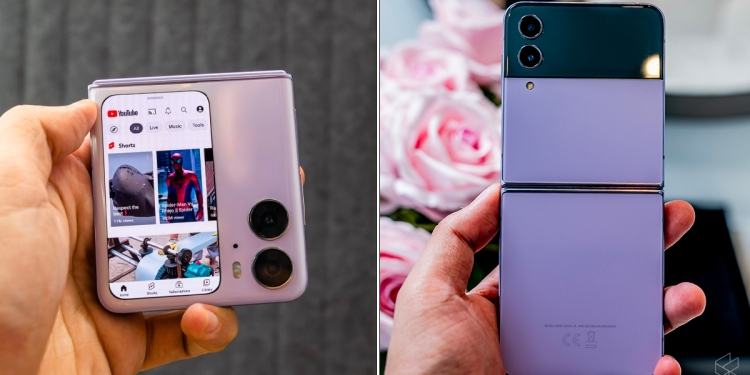When foldable smartphones first became a thing, they were seen as this large, productivity-focused tool but since then, they’ve actually become somewhat trendy now thanks in no small part to the return of the clamshell flip phone form factor. Samsung of course is the biggest name here with its Galaxy Z Flip 4 currently its latest flip phone, but they’re not the only ones with flip phones these days with Oppo, Vivo and Motorola all in the race to make the best compact foldable.
As such, we’re taking a look at all of their latest flip foldables and putting them against each other to see just who exactly makes the best one out there.
Display
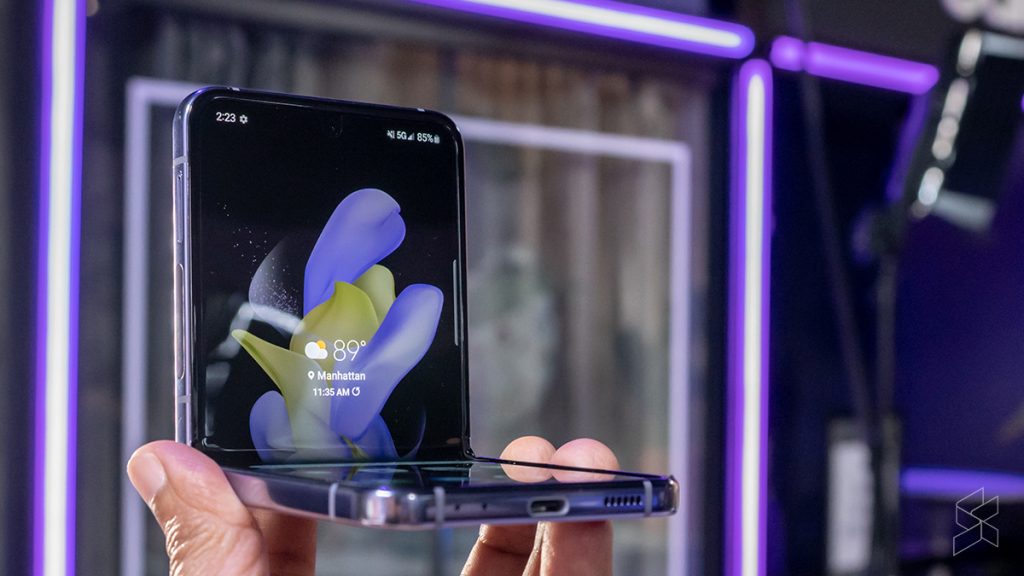
Perhaps the most important part of any compact foldable smartphone is its display, especially considering it has to fold and unfold an insane number of times throughout its life time. Then there’s also the matter of the secondary display on the cover too which has been increasing in size ever since.
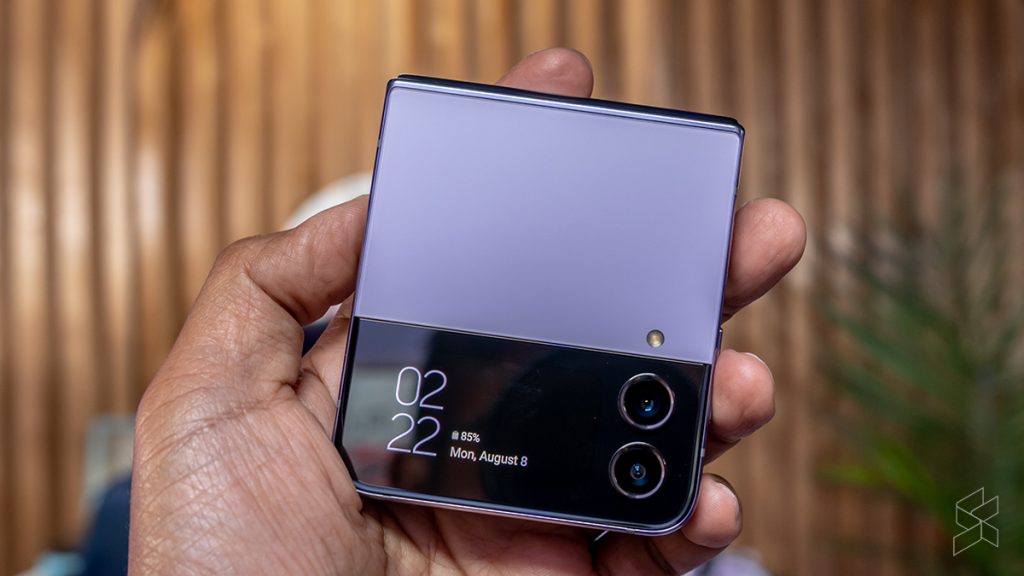
Starting off with the Samsung Galaxy Z Flip 4, it has a 6.7-inch, FHD+ AMOLED display with an adaptive 120Hz refresh rate, a peak brightness of 1200nits and has an additional layer of ultra thin glass over it for protection. Its secondary cover screen though looks ancient compared to our other entries here, with a tiny 1.9-inch Super AMOLED display pushing a mere 260 x 512p resolution. It’s also worth noting that the hinge on the Z Flip 4 doesn’t allow it to be closed completely flat unlike its rivals here, but does let you angle it any way you want. You’ll also find an IPX8 rating here for water resistance.
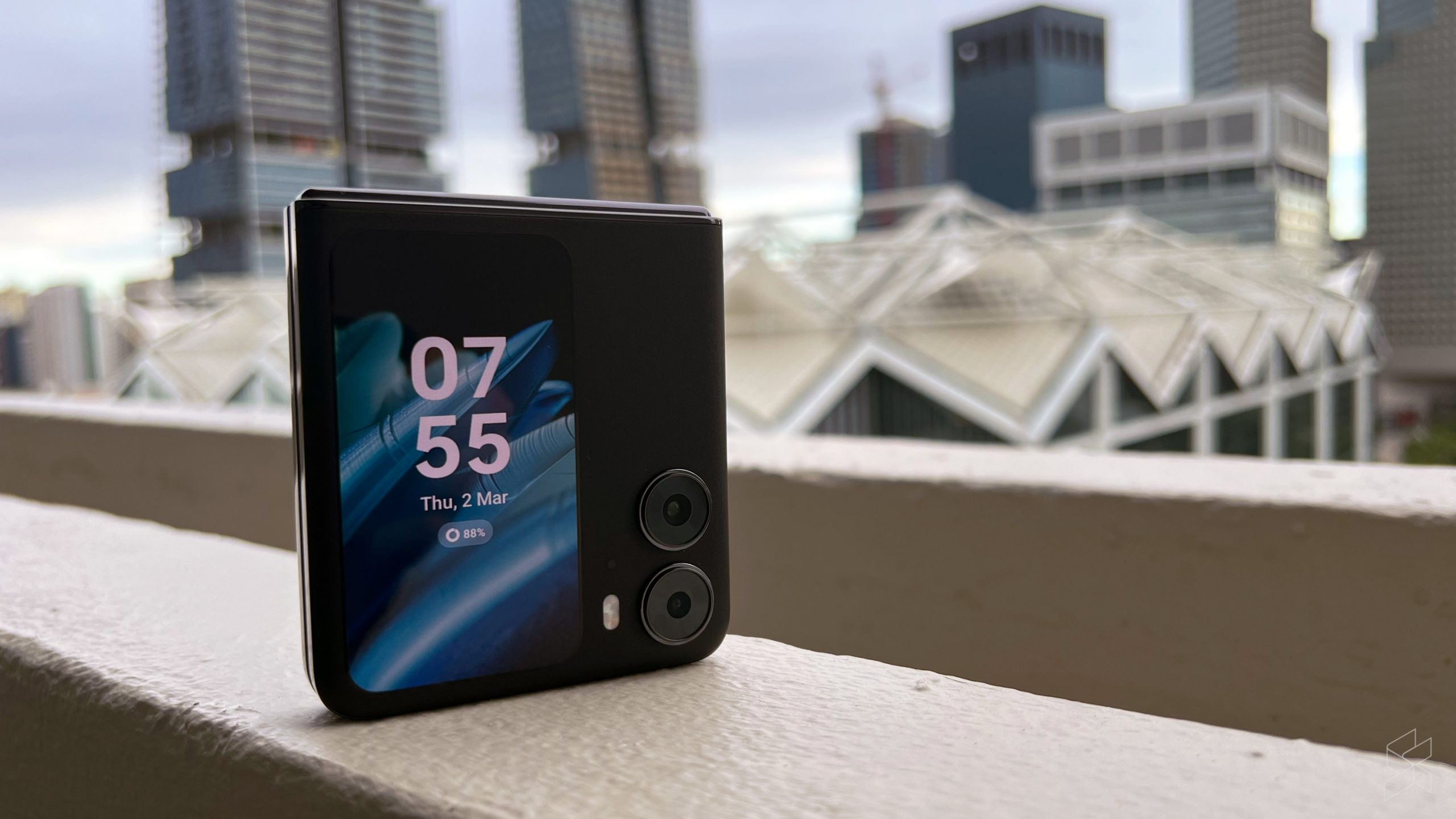
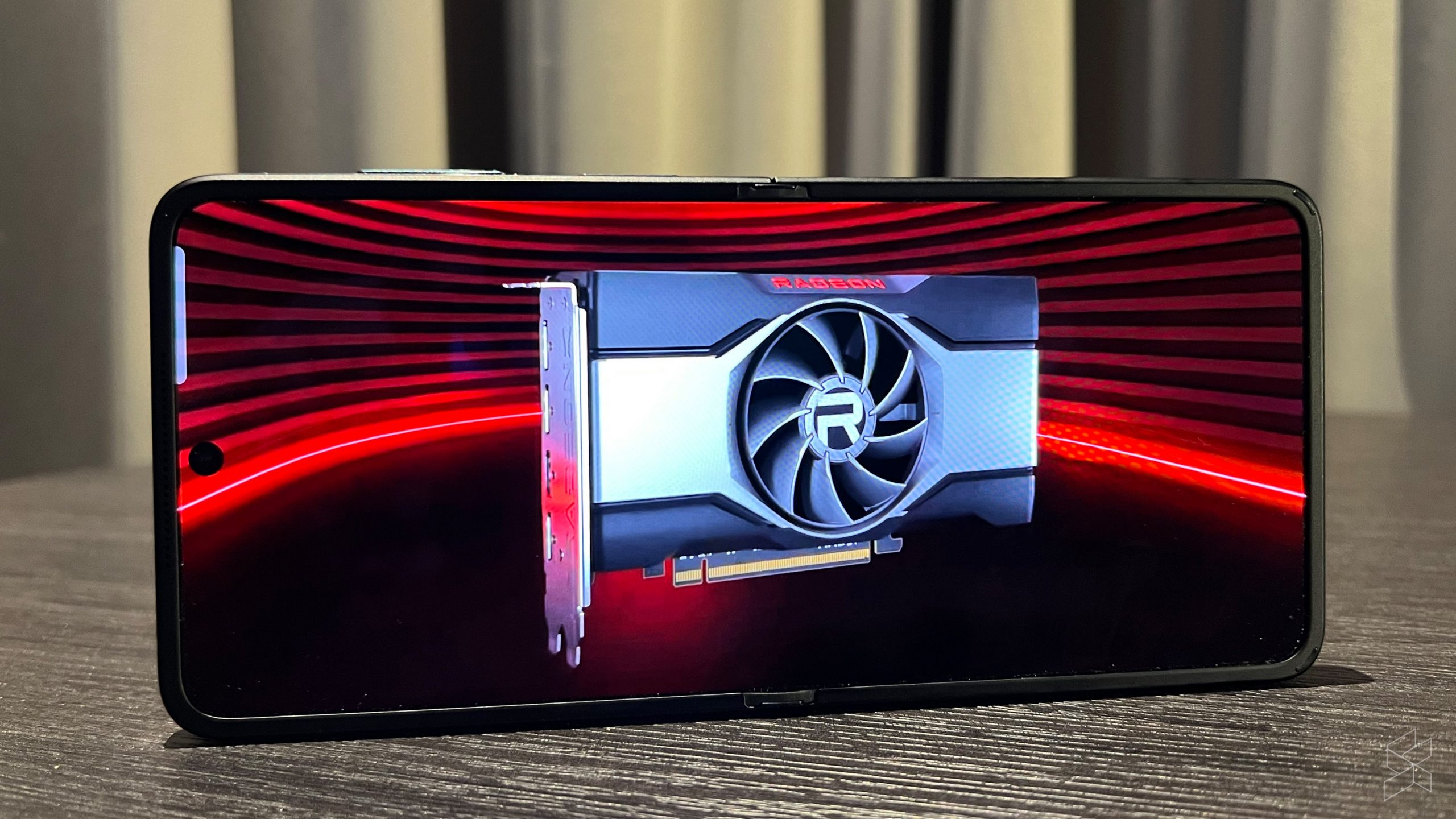
Next up we have the Oppo Find N2 Flip which has a main 6.8-inch, FHD+ AMOLED display with an adaptive 120Hz refresh rate, a peak brightness of 1600nits and arguably is the most crease-free display on a clamshell foldable right now, and this is with a hinge that lets you fold it flat too. It also has a rather unique vertical 3.26-inch outer display pushing a 720 x 381p resolution. However, Oppo has not officially given it a dust or water resistance rating.
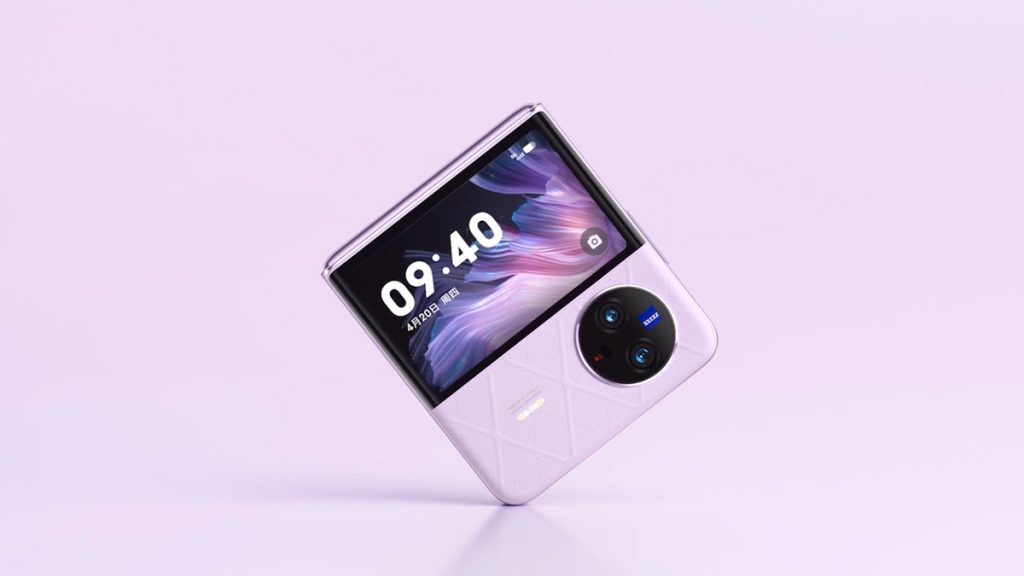
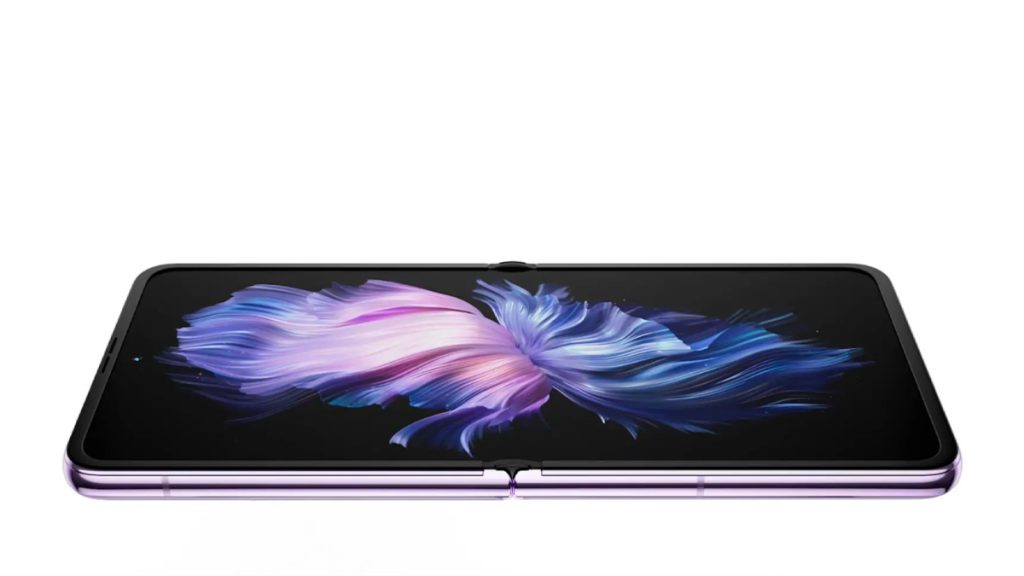
As for the Vivo X Flip, it comes with a main 6.74-inch, FHD+ AMOLED display in a 21:9 aspect ratio pushing an adaptive 120Hz refresh rate and a peak brightness of 1200nits. It’s cover display meanwhile is a 3-inch AMOLED display that’s perhaps the most conventional-looking of the lot, pushing a 682 x 422p resolution. You’ll also get IPX8 water resistance here.
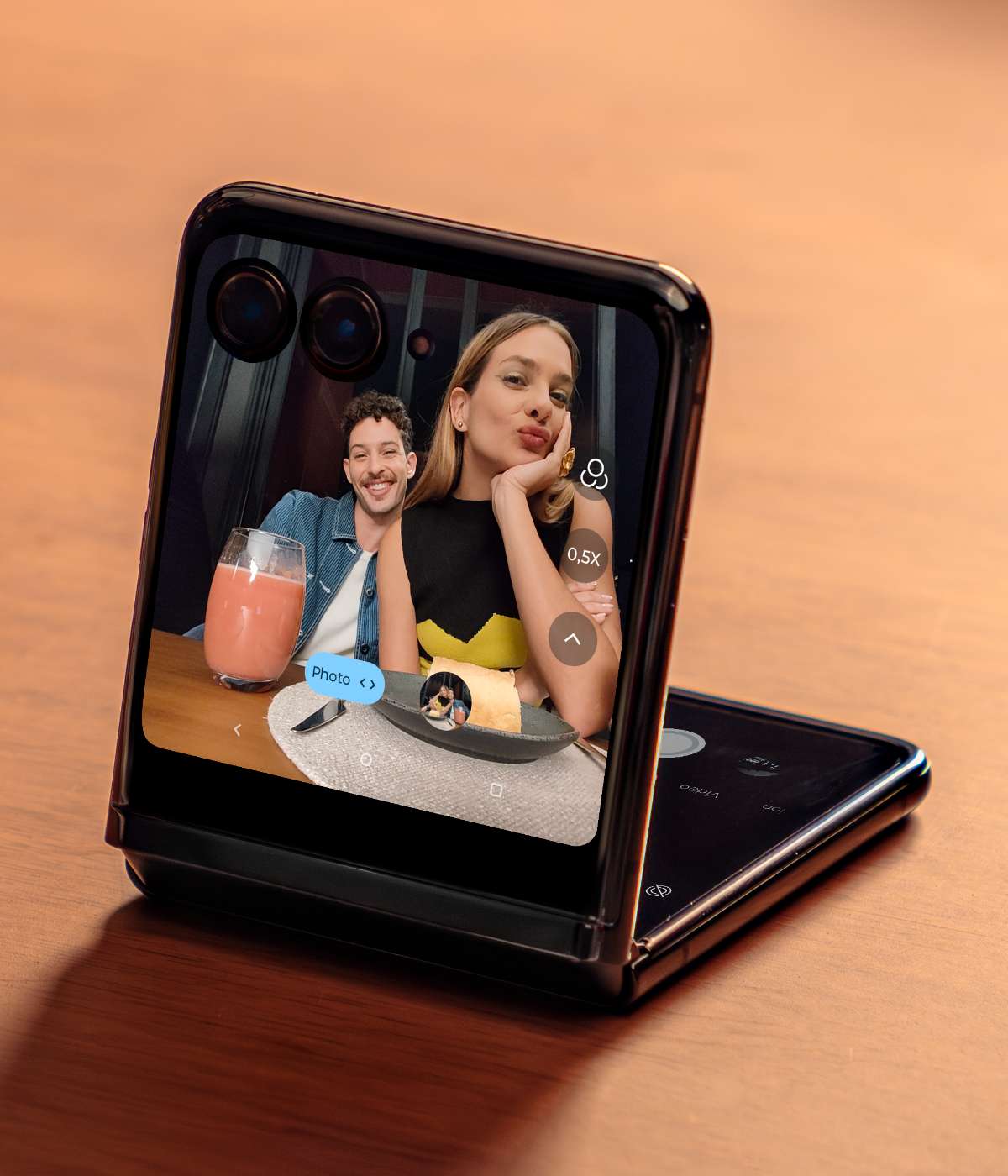
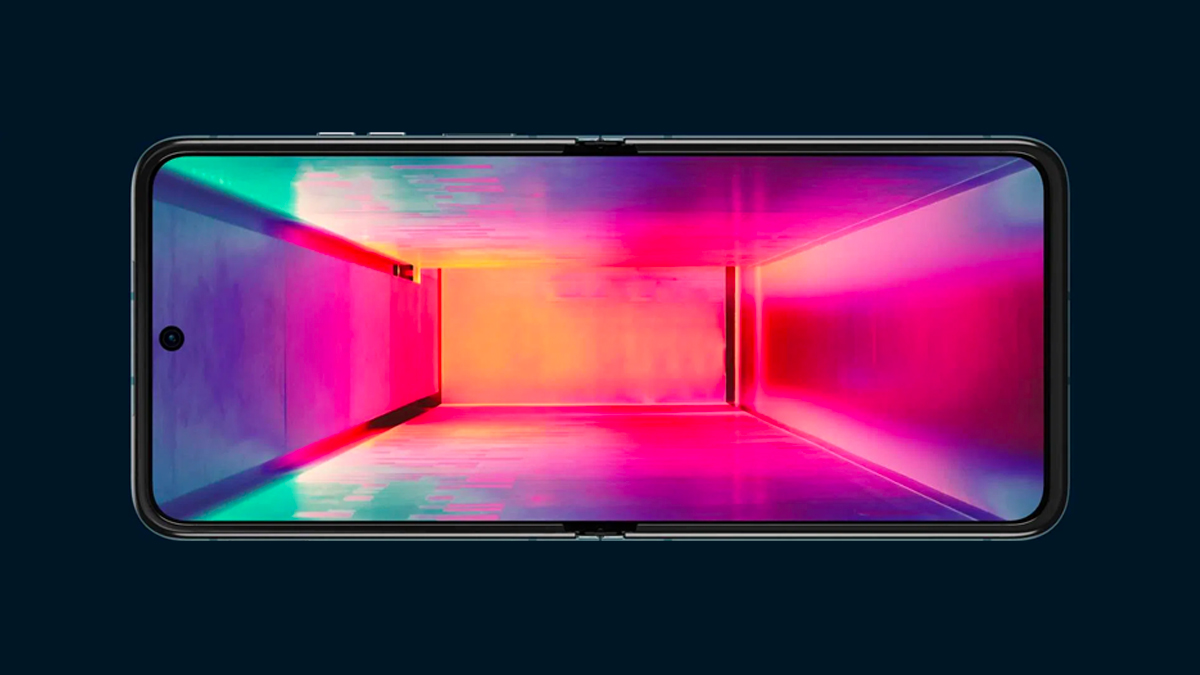
Lastly, we have the Motorola Razr 40 Ultra, also known as the Motorola Razr+ in North America and the Motorola Moto Razr 2023 in China. it comes with a 6.9-inch, FHD+ pOLED display capable of pushing up to a 165Hz refresh rate and a peak brightness of 1400nits. But perhaps its most defining feature is that extra large cover screen, a 3.6-inch pOLED display pushing a 1066 x 1056p resolution and a peak brightness of 1100nits. It’s so big in fact it even wraps around the two rear camera modules. The Motorola Razr 40 Ultra does have an IP52 dust and water resistance rating too.
Performance
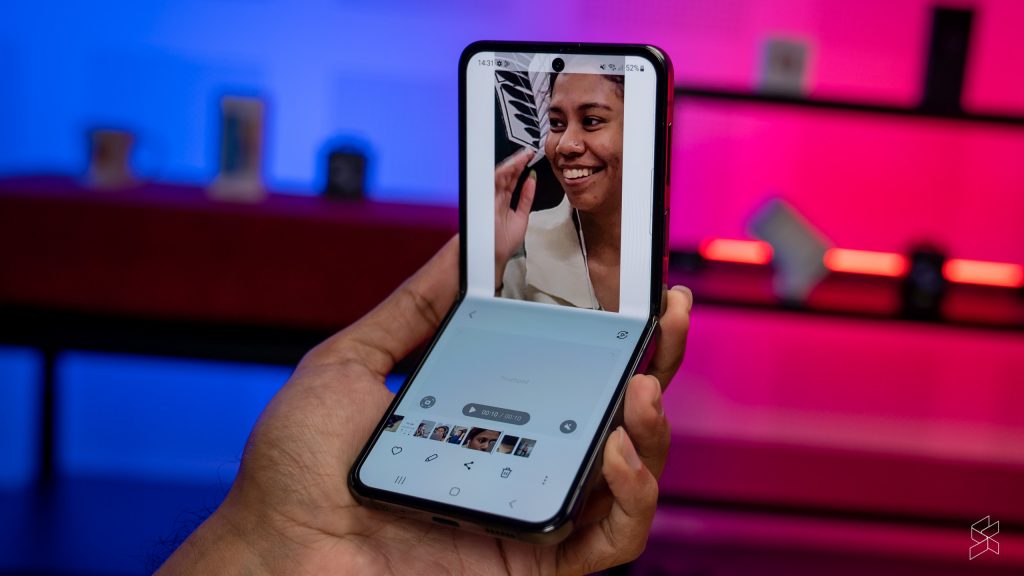
The Samsung Galaxy Z Flip 4 is the oldest entry on our list, having been launched last year. As such, it comes with the then-best mobile processor Qualcomm made, the Snapdragon 8+ Gen 1. It gets mated to 8GB of RAM and up to 512GB of storage, with Android 12 out of the box with its One UI skin over it, along with four major OS upgrades and five years of security support.
The Oppo Find N2 Flip stands out here as the only one on our list to go with MediaTek under the hood, packing a Dimensity 9000+ system-on-chip which may not be their latest and greatest processor but is still a flagship-tier processor. This gets mated to 8GB of RAM and 256GB of storage, with Android 13 out of the box skinned with ColorOS 13. Oppo is also guaranteeing four major Android OS upgrades and five years of security patches, putting them on par with Samsung.
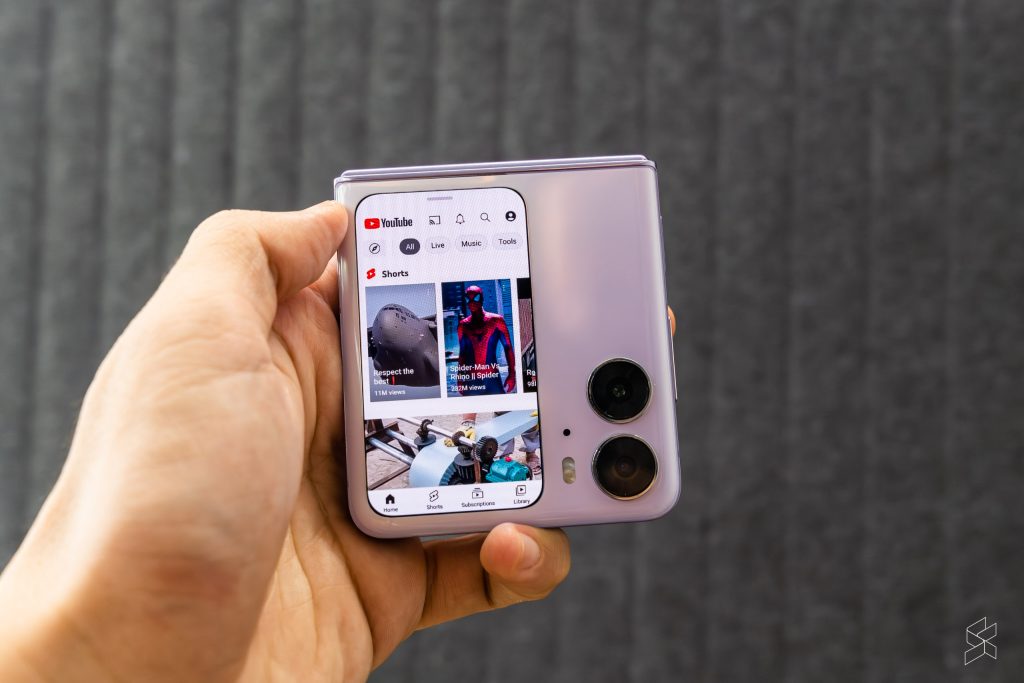
The Vivo X Flip meanwhile also has a Qualcomm Snapdragon 8+ Gen 1 processor mated to 12GB of RAM and up to 512GB of storage. It comes with Android 13 out of the box, running its China-specific OriginOS 3 as there’s no global variant of the Vivo clamshell just yet.
In fact, it’s a triple showing for the Qualcomm Snapdragon 8+ Gen 1, as the Motorola Razr 40 Ultra coming with last year’s flagship silicon too. It gets up to 12GB of RAM and up to 512GB of storage, with Android 13 out of the box.
Battery
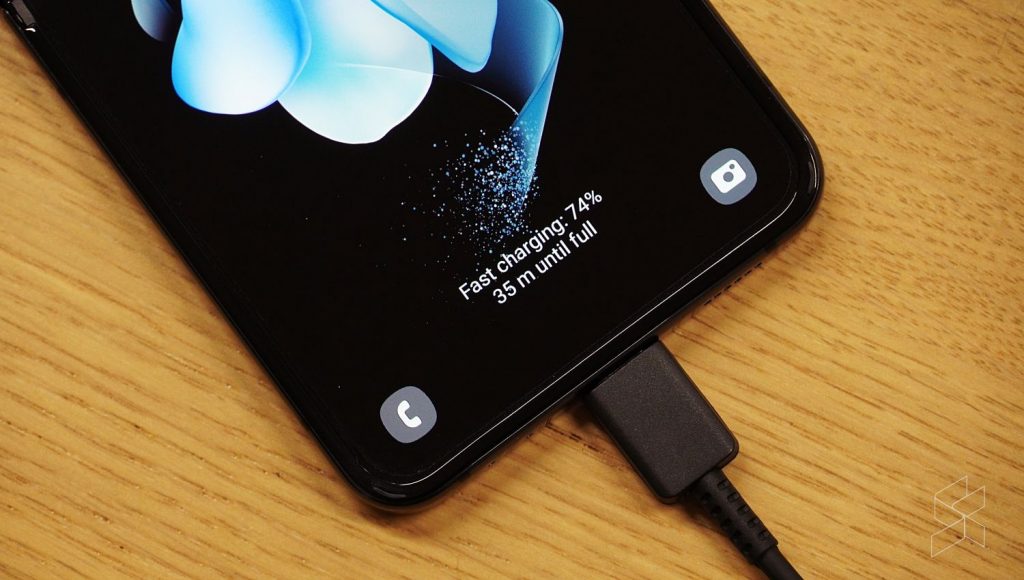
When Samsung launched the Galaxy Z Flip 4 last year, it came with perhaps the biggest upgrade that it needed: the battery department. It saw the Korean giant give its clamshell foldable a 3,700mAh battery with 23W fast charging and 10W wireless charging. And yet despite that, it actually has the smallest battery among the four flip phones on our list.
The Oppo Find N2 Flip for instance has a 4,300mAh battery with 44W SuperVOOC fast charging. The Motorola Razr 40 Ultra meanwhile has a 3,800mAh battery with 30W wired fast charging as well as 5W wireless charging. As for the X Flip, Vivo has kitted it out with a 4,400mAh battery with 44W wired fast charging; no wireless charging here though.
Camera
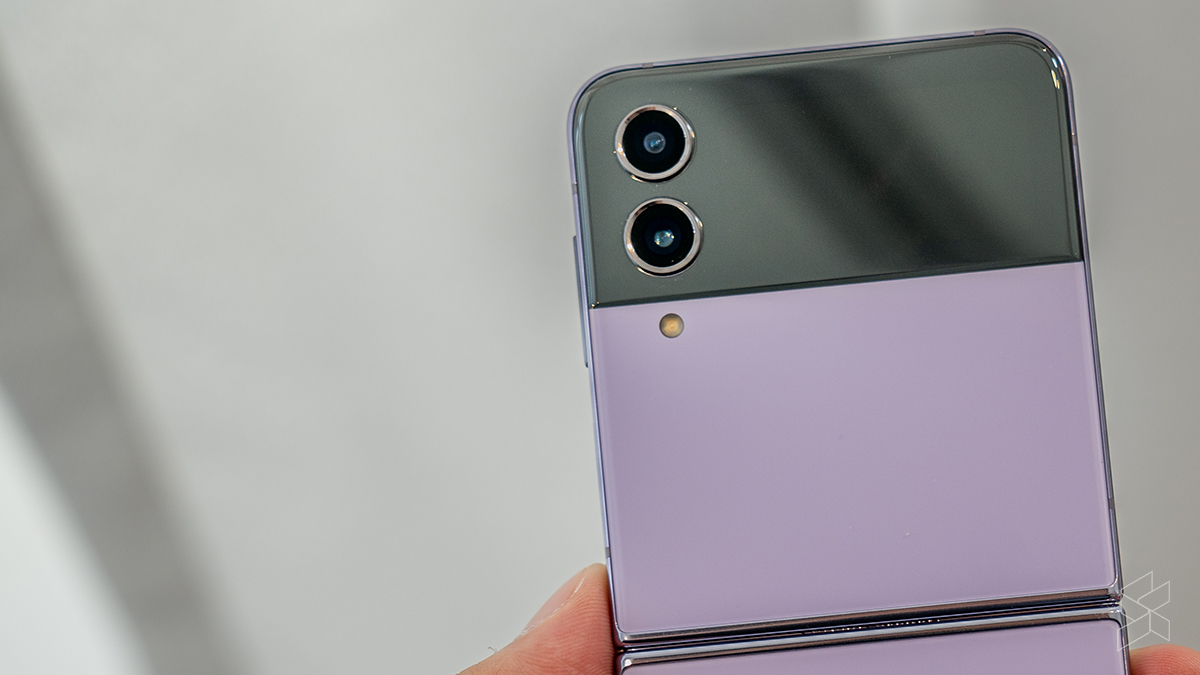
Camera-wise the Samsung Galaxy Z Flip 4 has mostly similar hardware to its predecessors here, with a 12MP, f/1.8 main camera and a secondary 12MP, f/2.2 ultrawide shooter though Samsung did claim that it will be able to capture more light than the older Galaxy Z Flip 3. The front camera meanwhile is a 10MP, f/2.4 selfie shooter.
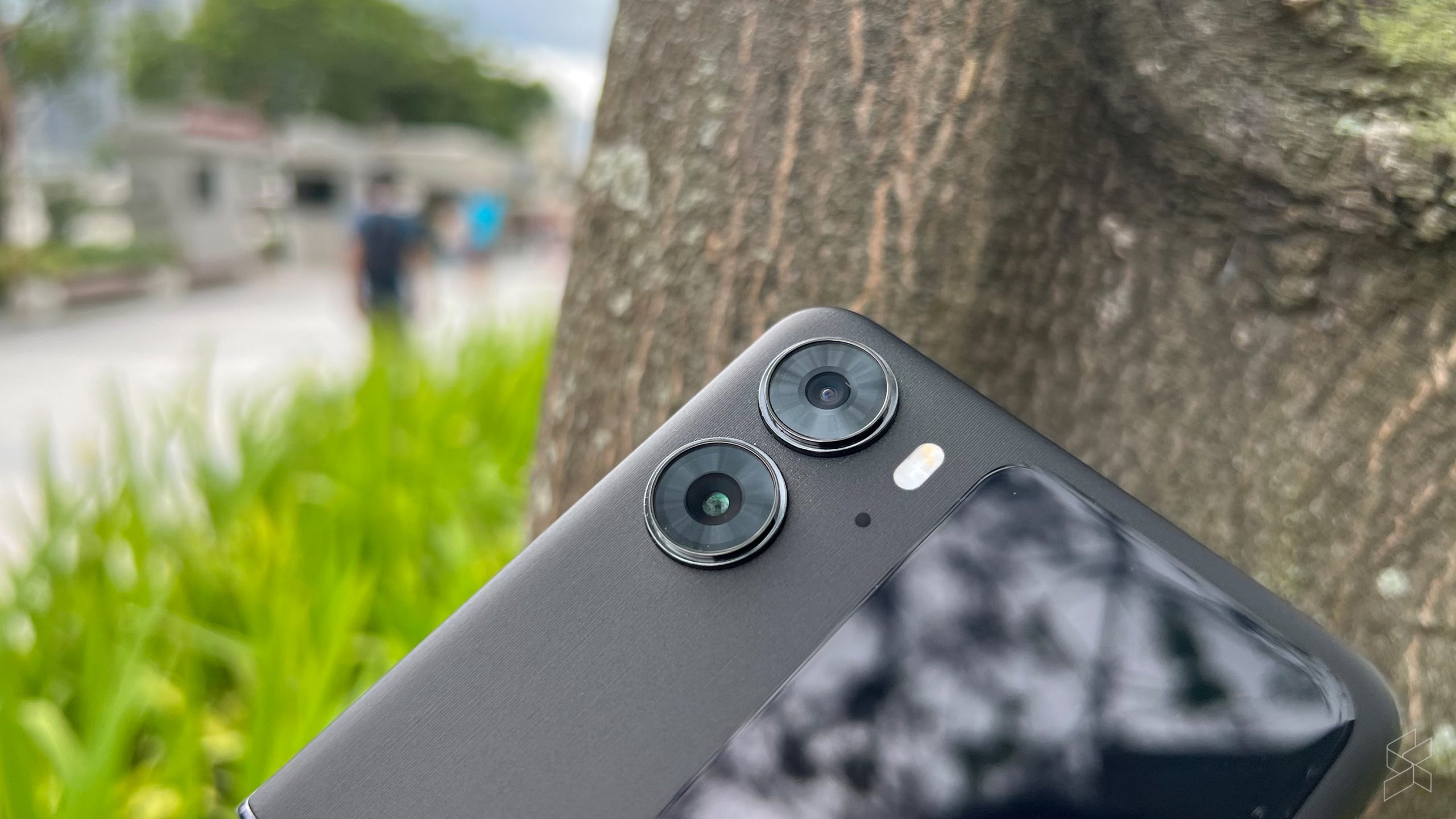
With the Find N2 Flip, Oppo has given it a main 50MP, f/1.8 camera flanked by an 8MP, f/2.2 ultrawide camera while you also get a 32MP, f/2.4 selfie shooter when unfolded. Incidentally, the Find N2 Flip’s cameras also come with Hasselblad branding and has their own MariSilicon X imaging NPU powering the cameras.

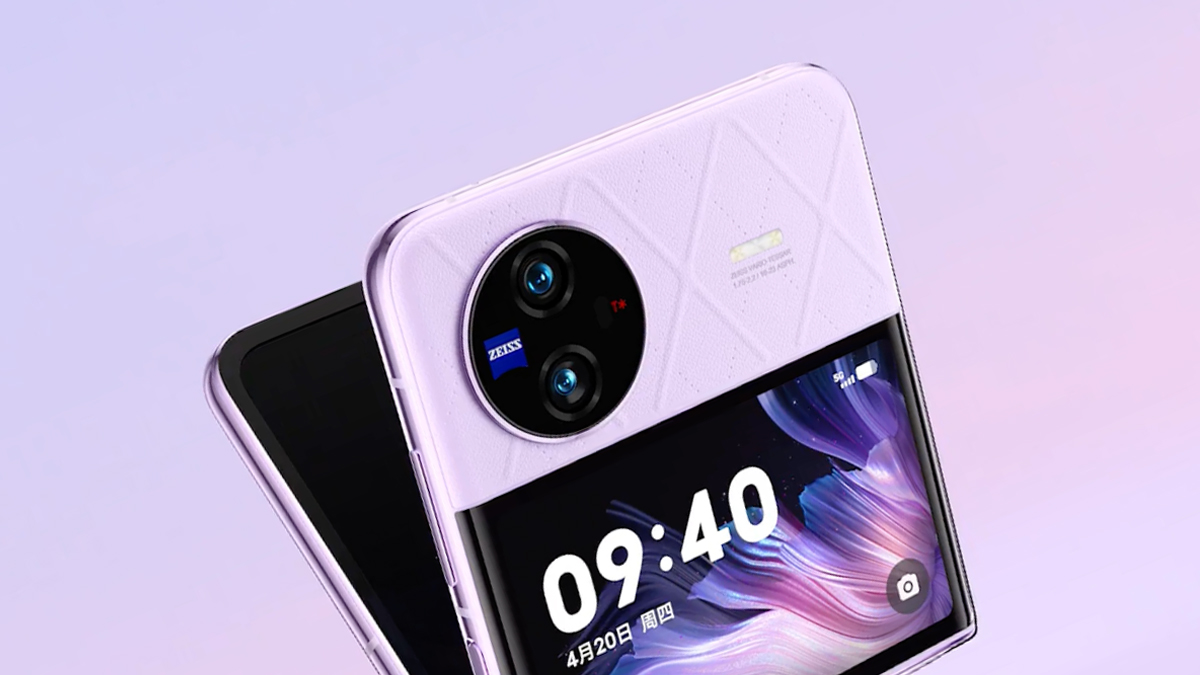
Vivo meanwhile has fitted its X Flip foldable with a 50MP, f/1.75 main camera housed in a single circular camera bump together with a 12MP, f/2.2 ultrawide shooter. When unfolded meanwhile you’ll find a 32MP, f/2.45 front facing camera for your selfies. As for the Motorola Razr 40 Ultra, you’re getting a 12MP, f/1.5 main camera alongside a 13MP, f/2.2 ultrawide with a 32MP, f/2.4 selfie shooter rounding things off.
Price
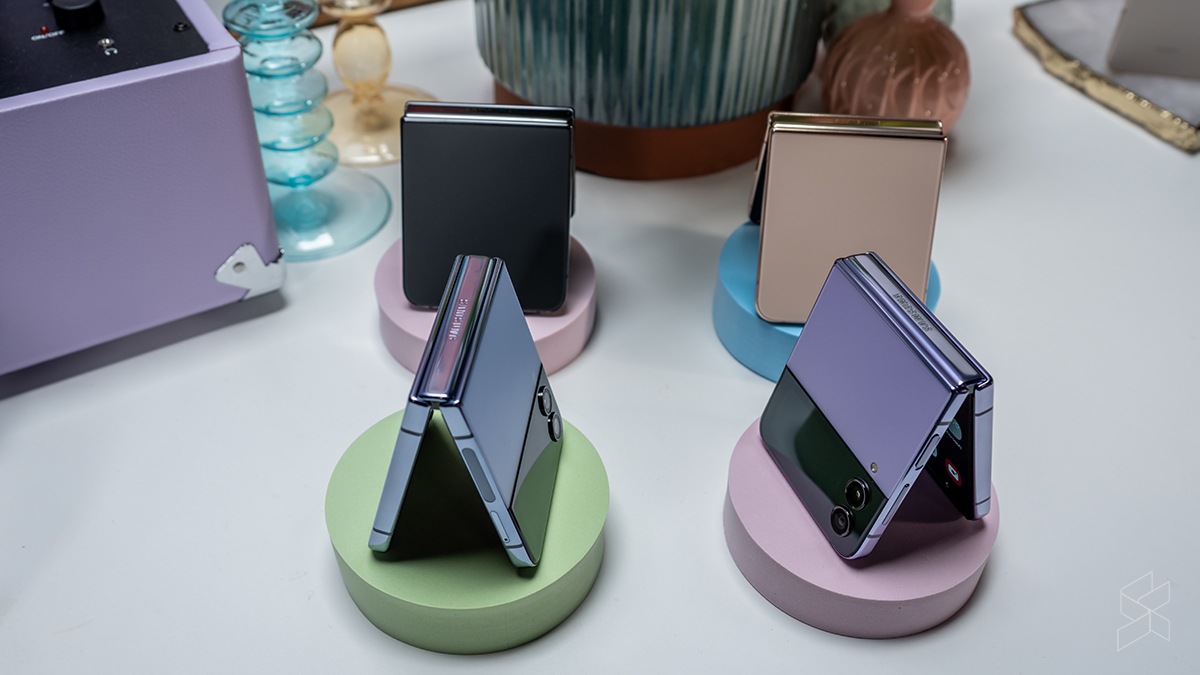
Okay so when it comes to pricing and availability, technically only the Samsung Galaxy Z Flip 4 and the Oppo Find N2 Flip are currently available to purchase in Malaysia. The Galaxy Z Flip 4 currently starts at RM3,999 on the Samsung Malaysia website, while its Chinese competitor goes for the same price here too.
The Vivo X Flip meanwhile will only be available in its home market of China for now, with a starting price of CNY5,999 (~RM3,870.84). As for the Motorola Razr 40 Ultra, it’ll be launching in the US later this month for USD999 (~RM4,608.39) as the Razr+. Just like the Vivo X Flip, it looks like it won’t be coming to Malaysia in any official capacity for now. That doesn’t mean that they aren’t interesting devices though; far from it even. In fact, if they did make their way to our shores, I think they may just end up being pretty popular—as long as they’re priced appropriately of course.
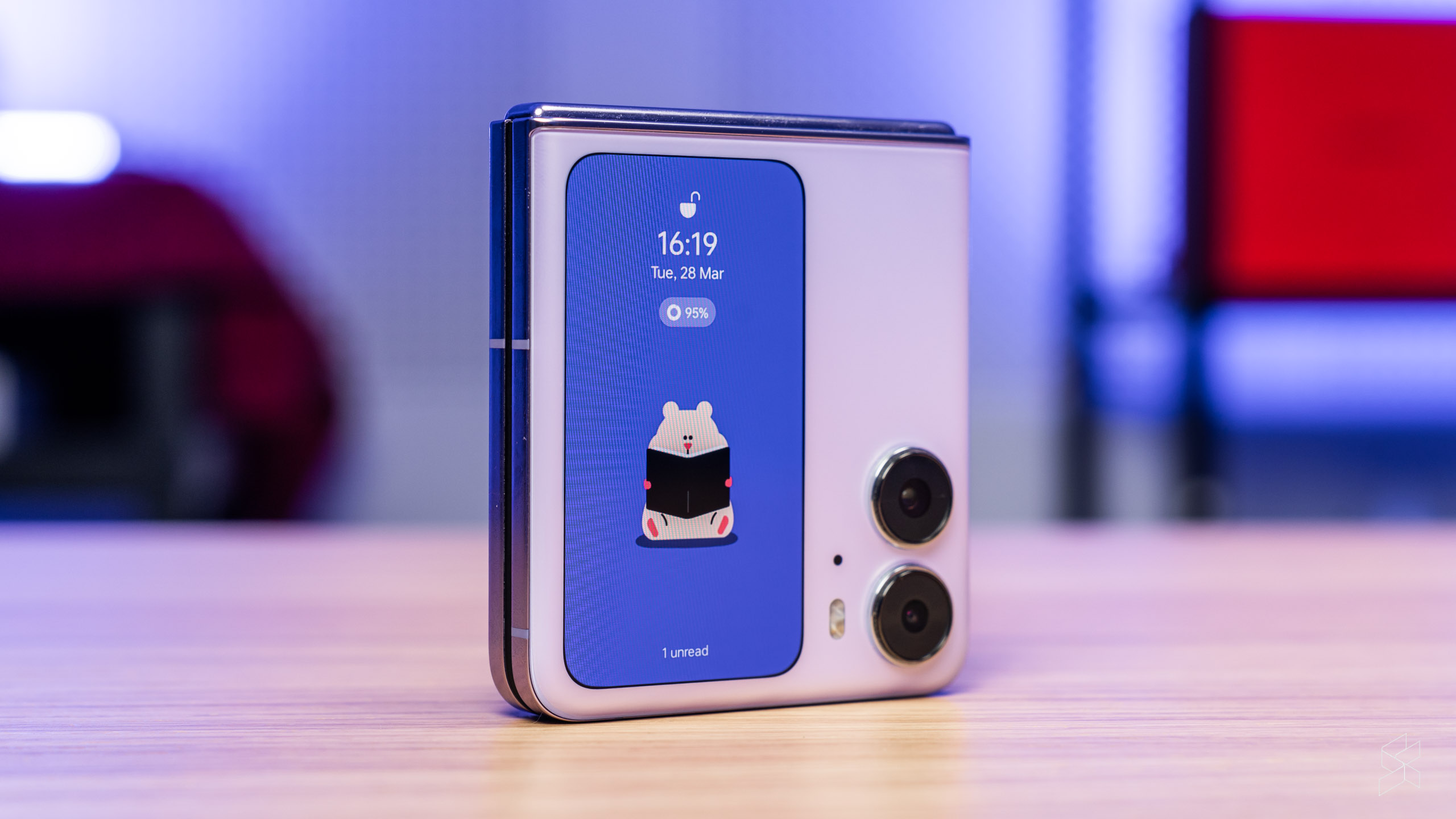
However, at the moment it looks like the only two options from the current generation of flip phones Malaysians can really consider is between the Samsung Galaxy Z Flip 4 and the Oppo Find N2 Flip for the time being. They both offer their own considerable strengths and weaknesses; the former has some of the best software in the Android scene when it comes to foldables, but the latter certainly will appeal if you prefer the looks and that larger cover screen.
But before you head out and swipe your credit card, there’s one more thing to consider: the Samsung Galaxy Z Flip 5. Yes, we know it’s not out yet, but Samsung is set to launch their next generation of foldable smartphones some time next month with an in-person event in South Korea. While the headlines will understandably be on the Galaxy Z Fold 5, the clamshell Galaxy Z Flip 5 is rumoured to come with a number of improvements too, namely a bigger cover display that would finally put it on par with the other clamshell contenders on this list.

